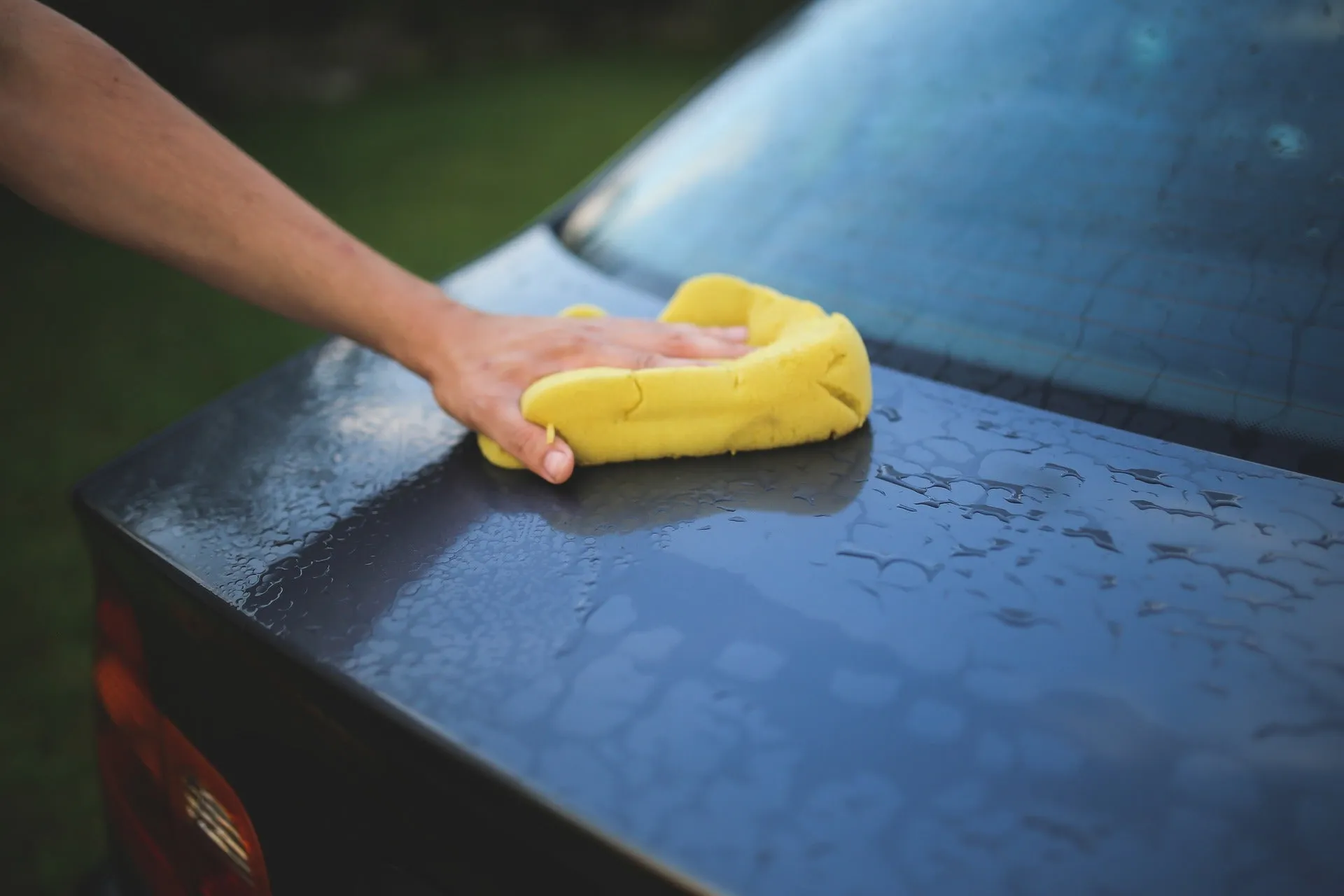Urban waterways and nutrient management
Nutrient pollution is the process where excessive amounts of nutrients, such as nitrogen and phosphorous are washed into a waterbody causing unwanted algal growth.
The following information is available as an information sheet (PDF, 770KB).
Nutrient pollution is the process where excessive amounts of nutrients, such as nitrogen and phosphorous are washed into a waterbody causing unwanted algal growth.
These nutrients act like fertiliser and promote rapid algae and aquatic plant growth. This process is called eutrophication.
Excessive amounts of nutrients in the water can lead to more serious problems such as low oxygen levels and algal blooms in freshwater creeks and lakes and also in estuarine areas.
Severe algal growth, often referred to as an algal bloom, blocks light that is needed for aquatic plants to grow.
Without light, aquatic plants will die and decay. During the decaying process, the oxygen in the water is used up leading to low levels of dissolved oxygen in the water, often causing fish and other aquatic animals to die.
Where do the nutrients come from?
Nutrients come from natural sources such as soils within the catchment and also from human-related sources such as garden and lawn fertiliser, pet waste and plant material including leaves and grass clippings.
When heavy rainfall occurs and these nutrient sources are washed down the stormwater system and into a waterway, it is called urban runoff.
Urban runoff has been identified as a major source of waterway pollution due to the number of people living in urban catchments.
Tips to stop nutrient pollution in our waterways
- Make an informed choice to not use fertiliser on your garden or lawn or reduce the amount you use
- Prevent leaves and grass clippings, which are a major source of nitrogen and phosphorous, from being washed or blown into the stormwater system. Rake them up and use them as free garden mulch or add them to your compost. Grass clippings are also a natural source of fertiliser if returned to your lawn
- Use fertilisers with low or no phosphorous – check the Nitrogen (N) Phosphorous (P) and Potassium (K) content of the fertilizer and look for a 0 (zero) beside the letter (P). The N, P, K is usually found on the back of the fertiliser bag
- Avoid the application of garden and lawn fertiliser if heavy rainfall is predicted, to prevent it washing into a local waterway
- Wash your car on the lawn and not on a hard surface such as a driveway, or take it to a carwash to prevent nutrient rich soil washing into our waterways
- Be a responsible pet owner and pick up your pet waste with a non-plastic biodegradable clean-up bag and dispose in a rubbish bin.
For more information
If you would like further information on nutrient management please call council’s customer contact centre on 5475 7272 or the Queensland Government Pollution Hotline to report any of the following:
- water pollution from the release of contaminants such as sediment, detergents, paints, oils and other chemicals
- fish kills – the sudden death of large numbers of fish.
Queensland Government 24/7 Pollution Hotline – 1300 130 372
When phoning the Pollution Hotline be ready with as much of the following information as possible:
- your details (name, phone, address, email)
- alleged offender’s details (name, business name, phone, address, email, website, number plate)
- time and date of incident or activity
- location of incident or activity
- description of incident or activity
- description of environmental values being affected.

